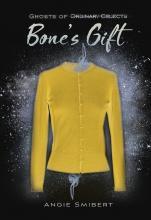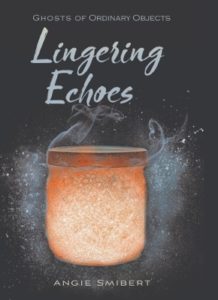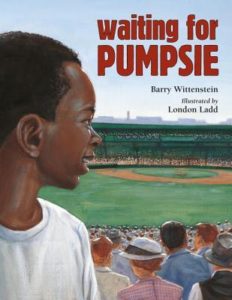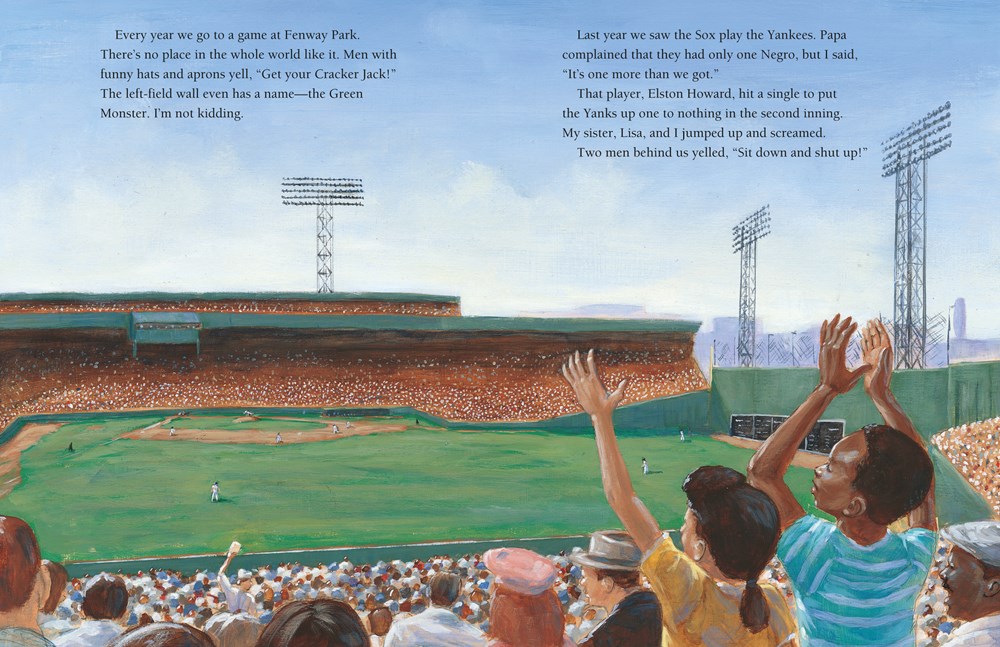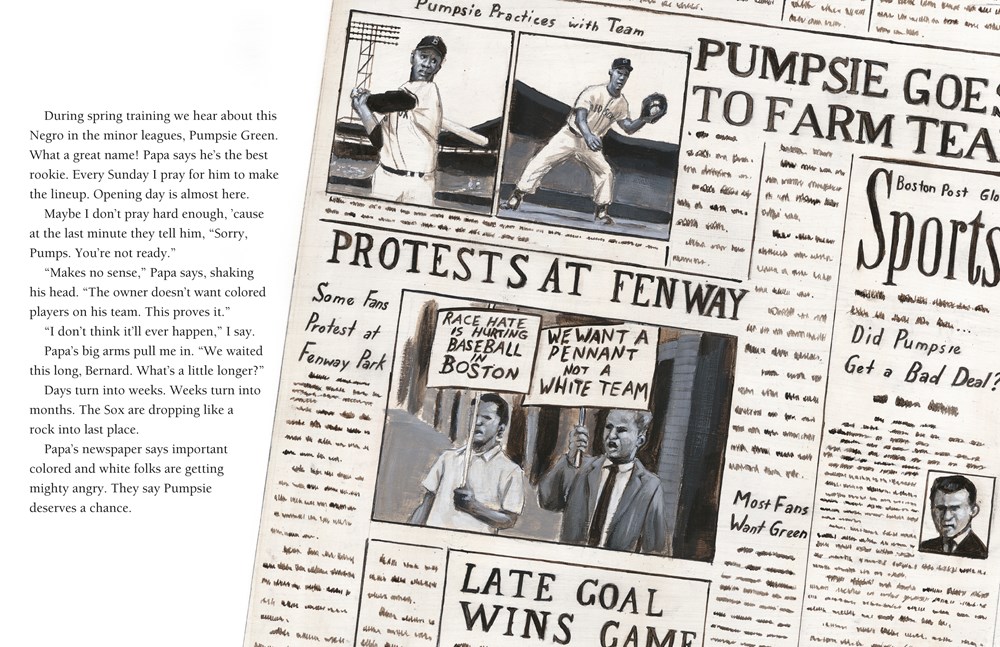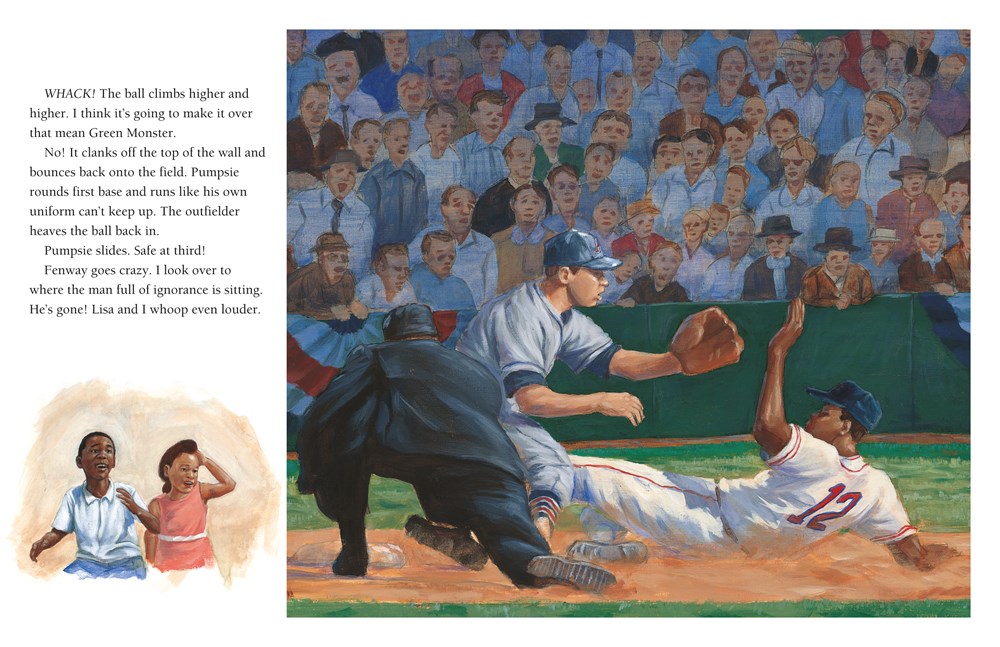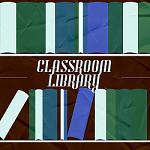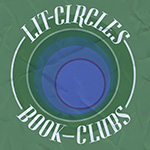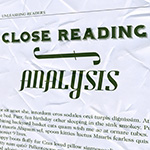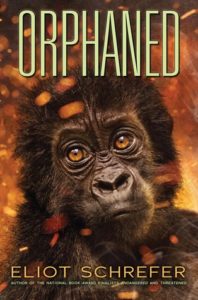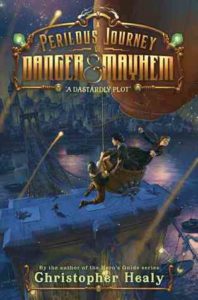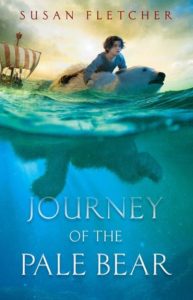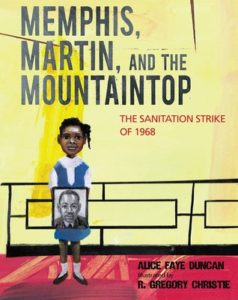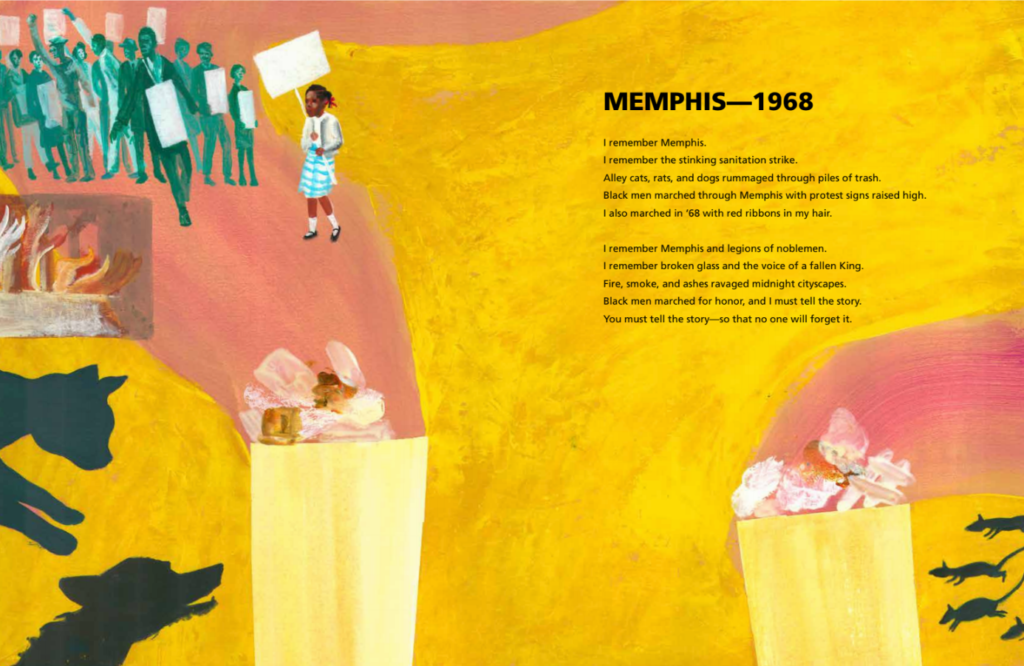“Why Mix Fantasy and History?”
The Ghosts of Ordinary Objects series is a bit hard to categorize. Set in a small Appalachian coal mining community in 1942, both Bone’s Gift and the newest book, Lingering Echoes, mix history with a bit of folklore, mystery, and fantasy/magical realism. Just as her little community is being changed by World War II, Bone Phillips (12) is going through some changes of her own. She’s coming into her Gift, as her Mamaw calls it. Many people in her family have special ability, or Gift. Bone’s is the ability to see the ghosts—or stories—inside ordinary objects. And she needs to use her Gift—which she’s none too happy about—to solve a few mysteries. Why mix fantasy, mystery, and/or magical realism with history (or vice versa), particularly with middle grade readers?
Lately, I’ve been asked this question a lot! My answer has a few parts. First, these are the kind of stories I love. I adore stories that mix genres, such as fantasy and history (or even alternate history) Think The Book Thief, Jonathan Strange & Mr. Norrell, The Night Circus, The Discovery of Witches, or the Golem and the Jinni. When I was much younger, I devoured everything Anne Rice or Chelsea Quinn Yarbro wrote. And I started those books for the magicians, witches, and vampires but stayed for the history–much like today’s middle grade readers do.
Secondly, several teachers and librarians have told me they appreciate these series for this very reason. Many kids might not pick up a straight historical novel—but they would devour one that had a mystery, fantastical, and/or scary element. In Lingering Echoes, for instance, Bone has to use her Gift to solve the mystery of an object—in this case a jelly jar—that has a power all its own. All around her, though, World War II is being waged on the home front as well as in battlefields far away. Hopefully, readers will come for the fantasy and mystery and stay for the history!
But, finally, fantasy isn’t just something to draw the readers in. For me, fantasy (and science fiction, too) is essential to what I like to read and write. Fantasy explores and evokes a sense of wonder, which we all desperately need. Children are born with that sense of wonder, a mixture of curiosity and awe about the world. As we get older, though, we tend to lose that sense. And that process of de-wonderfication (just made that up!) starts in the middle grade years. (At least, I think it does.) So, I like to mix fantasy with history (and vice versa) to remind readers (and myself) that magic can even be found in the ghosts of ordinary places, past and present.
Note: On my website, I have a number of lesson plans and activities as well as historical info for teachers and librarians: https://www.angiesmibert.com/blog/?page_id=1861
Read about Bone’s Gift at https://www.unleashingreaders.com/?p=15806.
Summary: Bone has a Gift. When she touches certain objects, images wash over her, and she sees stories—the joyful, surprising, or even terrifying events that occurred as someone gripped those objects.
So when Bone’s best friend, Will, brings her an object unlike any other Bone has encountered, he asks her to tell him its story. It’s the jelly jar he inherited from his father—the same jelly jar his father clutched during the coal-mining cave-in that killed him.
Bone only has to put her hand near the jar to feel the strange power in it, to see flashes of her friend—who has been mute for as long as she can remember—talking with his dad. And when Will opens the empty jar, sounds float out.
This jar isn’t just a witness to history; it’s something more, something dangerous. Could it have a Gift of its own? In this second haunting installment of The Ghosts of Ordinary Objects series, Bone must use her wits and her Gift not only to uncover the truth but to make sure Will isn’t sucked away by long-forgotten memories.
About the Author: Angie is the author of the middle grade historical fantasy series, Ghosts of Ordinary Objects, which includes Bone’s Gift (2018), Lingering Echoes (2019), and The Truce (2020). She’s also written three young adult science fiction novels: Memento Nora, The Forgetting Curve, and The Meme Plague. In addition to numerous short stories, she’s published over two dozen science/technology books for kids. Angie teaches young adult and speculative fiction for Southern New Hampshire University’s creative writing M.F.A. program as well as professional writing for Indiana University East. Before doing all this, she was a science writer and web developer at NASA’s Kennedy Space Center. She lives in Roanoke with a goofy dog (named after a telescope) and two bickering cats (named after Tennessee Williams characters), and puts her vast store of useless knowledge to work at the weekly pub quiz.
This series is really a fascinating look at a the past with a dash of fantasy! Thank you, Angie, for this look into your creative process!
